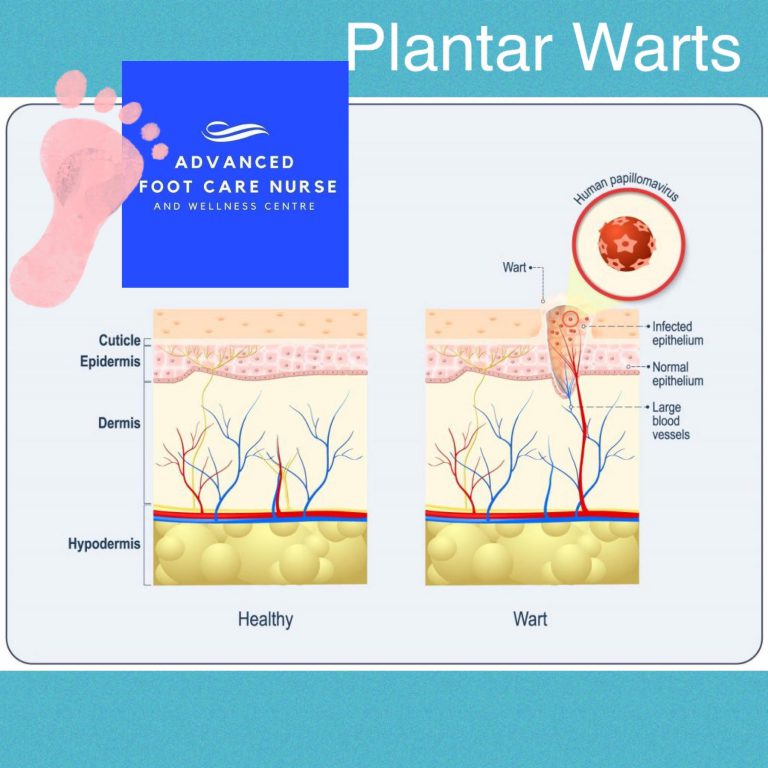



GET IN TOUCH WITH US

MONDAY: 9:00AM – 5:00PM
TUESDAY 9:00AM – 5:00PM
WEDNSDAY 9:00AM – 7:00PM
THURSDAY 9:00AM – 5:00PM
FRIDAY 9:00AM – 5:00PM
SATURDAY 9:00AM – 4:00PM
SUNDAY 10:00AM – 2:00PM
Email:
info@advancedfootnurse.com
Fax Number: (226) 216-5402
| Cookie | Duration | Description |
|---|---|---|
| cookielawinfo-checkbox-analytics | 11 months | This cookie is set by GDPR Cookie Consent plugin. The cookie is used to store the user consent for the cookies in the category "Analytics". |
| cookielawinfo-checkbox-functional | 11 months | The cookie is set by GDPR cookie consent to record the user consent for the cookies in the category "Functional". |
| cookielawinfo-checkbox-necessary | 11 months | This cookie is set by GDPR Cookie Consent plugin. The cookies is used to store the user consent for the cookies in the category "Necessary". |
| cookielawinfo-checkbox-others | 11 months | This cookie is set by GDPR Cookie Consent plugin. The cookie is used to store the user consent for the cookies in the category "Other. |
| cookielawinfo-checkbox-performance | 11 months | This cookie is set by GDPR Cookie Consent plugin. The cookie is used to store the user consent for the cookies in the category "Performance". |
| viewed_cookie_policy | 11 months | The cookie is set by the GDPR Cookie Consent plugin and is used to store whether or not user has consented to the use of cookies. It does not store any personal data. |